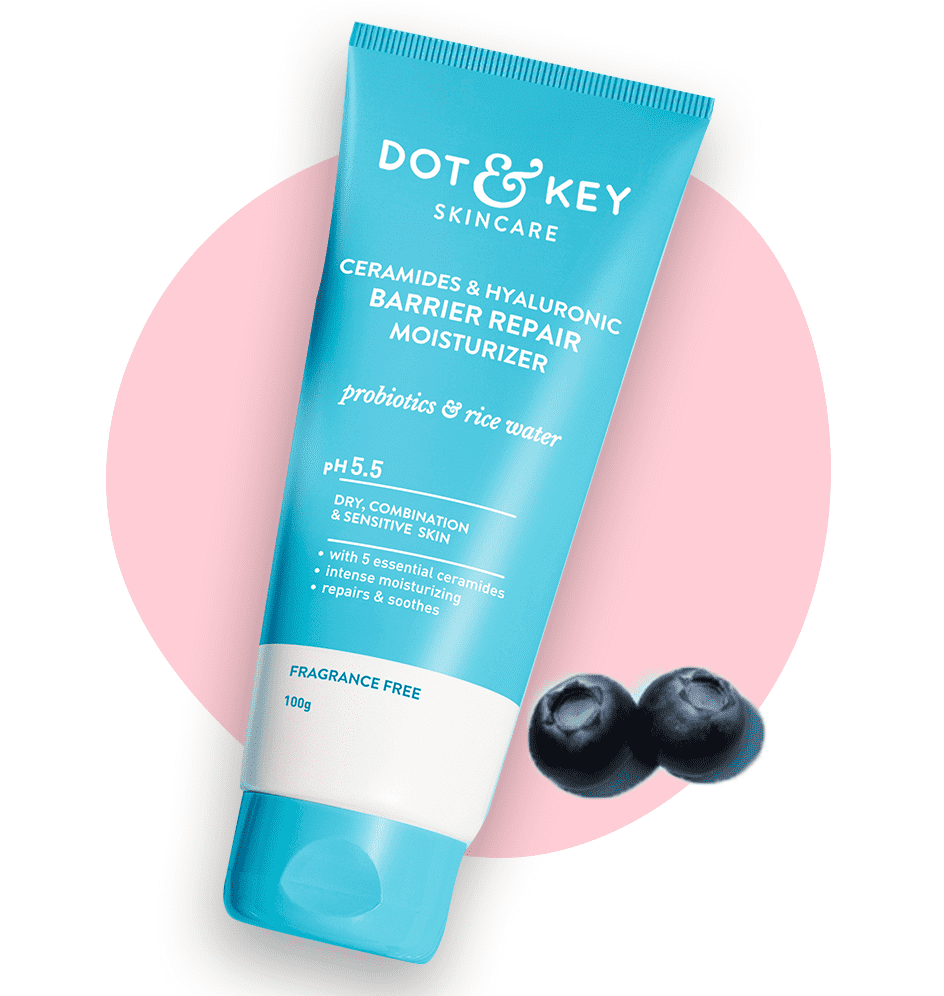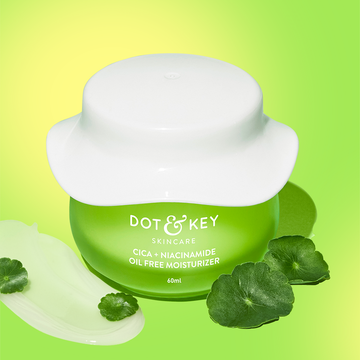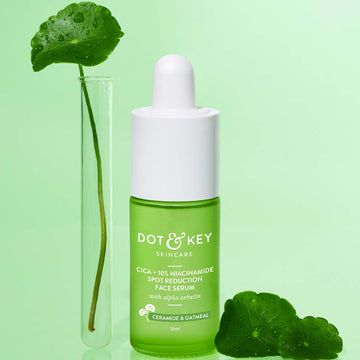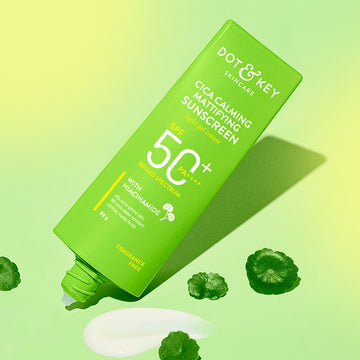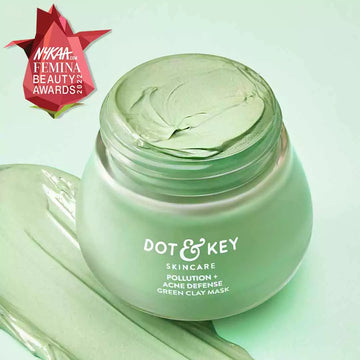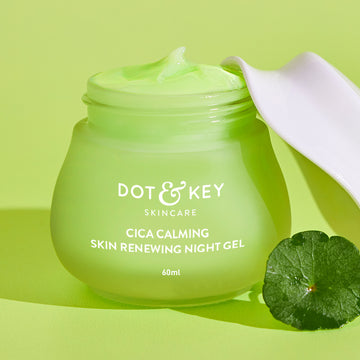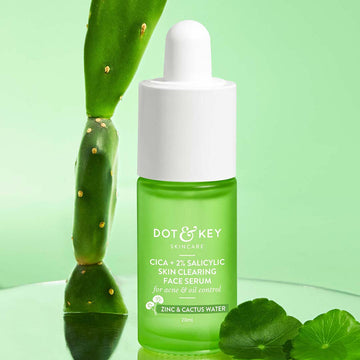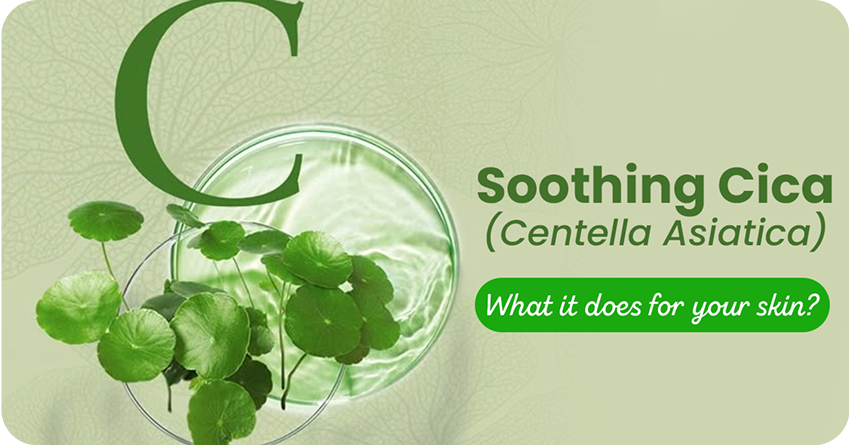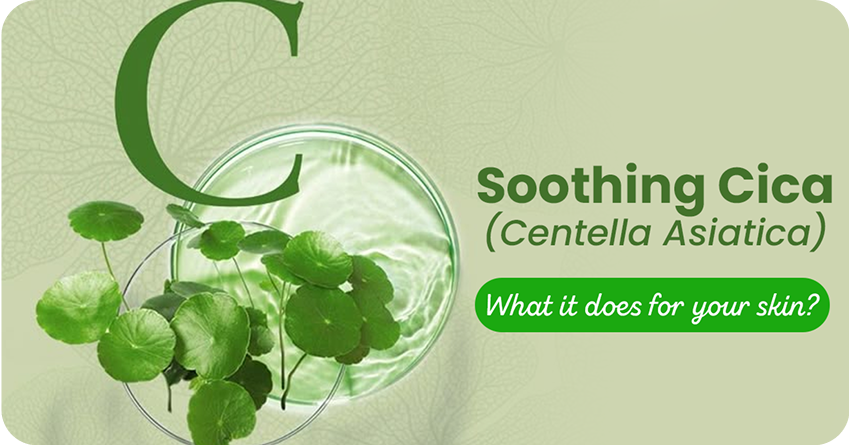
If you haven’t already added Cica (Centella Asiatica) to your skincare routine, it’s time to take notice. Known as tiger grass, this powerful plant has been a secret weapon in skincare for centuries. Revered for its ability to soothe, heal, and rejuvenate, Cica is now one of the most sought-after ingredients in the beauty world.
From calming irritation to boosting collagen production, the benefits of Cica are undeniable. In this blog, we’ll dive into 8 incredible reasons why Cica should be your skin’s new best friend, and how to incorporate it into your routine for maximum results.
What Is Cica?
Cica, short for Centella Asiatica, is a leafy green herb native to Asia, often found in wetlands. Known as “tiger grass” because tigers reportedly roll in it to heal wounds, Cica is packed with active compounds like asiaticoside, madecassoside, and asiatic acid. These compounds give Cica its anti-inflammatory, antioxidant, and skin-repairing properties, making it ideal for all skin types, especially sensitive or acne-prone skin.
Cica is commonly found in creams, serums, masks, and toners, delivering hydration, soothing relief, and protection. Its gentle nature makes it a go-to ingredient for addressing redness, irritation, and signs of ageing.
Why Cica Is a Skincare Superstar
Cica’s popularity stems from its ability to address multiple skin concerns at once. Its anti-inflammatory, antioxidant, and wound-healing properties work together to calm, repair, and strengthen the skin barrier. Whether you’re dealing with acne, dryness, or premature ageing, Cica can help restore balance and promote a healthy, radiant complexion.
Benefits of Cica (Centella asiatica) for Skin
1. Soothes Irritated Skin
Cica is renowned for its anti-inflammatory properties, making it a lifesaver for sensitive or irritated skin. Its active compounds, like madecassoside, reduce redness and calm conditions such as eczema, rosacea, or post-acne inflammation.
How it helps: Cica inhibits inflammatory pathways, providing instant relief to red, itchy skin.
How to use: Apply a Cica-based cream or gel to irritated areas for quick soothing.
2. Strengthens the Skin Barrier
A compromised skin barrier can lead to dryness, sensitivity, and breakouts. Cica reinforces the skin’s natural protective layer by boosting ceramide production and improving moisture retention.
How it helps: A stronger skin barrier locks in hydration and protects against environmental aggressors like pollution.
How to use: Use a Cica moisturizer daily to maintain a healthy barrier.
3. Promotes Wound Healing
Cica’s wound-healing abilities are legendary, thanks to its ability to stimulate collagen synthesis and enhance blood circulation. It accelerates the repair of cuts, burns, or acne scars.
How it helps: Asiaticoside promotes tissue regeneration, reducing scarring and healing time.
How to use: Apply a Cica balm to minor wounds or acne spots to speed up recovery.
4. Reduces Acne and Breakouts
For acne-prone skin, Cica is a game-changer. Its anti-inflammatory and antibacterial properties help calm active breakouts and prevent new ones by regulating sebum production.
How it helps: Cica soothes inflamed pimples and reduces the risk of post-acne marks.
How to use: Use a Cica serum or spot treatment on acne-prone areas.
5. Fades Scars and Hyperpigmentation
Cica’s ability to promote cell turnover and collagen production makes it effective for fading acne scars and hyperpigmentation. It encourages the growth of new, healthy skin cells to replace damaged ones.
How it helps: Madecassoside brightens dark spots and smooths uneven texture.
How to use: Incorporate a Cica-infused serum into your nightly routine for scar reduction.
6. Boosts Collagen for Anti-Ageing
Ageing skin loses collagen, leading to wrinkles and sagging. Cica stimulates collagen production, improving skin elasticity and reducing the appearance of fine lines.
How it helps: Asiatic acid enhances skin firmness, giving it a youthful, plump look.
How to use: Use a Cica cream or mask regularly to support long-term anti-ageing benefits.
7. Hydrates Dry Skin
Cica is deeply hydrating, making it ideal for dry or dehydrated skin. It helps the skin retain moisture by strengthening the barrier and delivering soothing hydration.
How it helps: Cica’s humectant properties draw moisture into the skin, preventing flakiness.
How to use: Apply a Cica moisturizer or sheet mask for an instant hydration boost.
8. Protects Against Environmental Damage
Cica’s antioxidant properties, derived from compounds like asiaticoside, protect the skin from free radicals caused by UV rays, pollution, and stress. This helps prevent premature ageing and maintains a healthy glow.
How it helps: Antioxidants neutralize free radicals, reducing oxidative stress on the skin.
How to use: Use a cica-infused sunscreen or daily moisturizer for added protection.
How to Incorporate Cica Into Your Skincare Routine?
Cica is versatile and can be used in various forms to suit your skin’s needs. Here’s how to add it to your routine:
- Cleansers: Start with a Cica-infused cleanser to gently cleanse without stripping the skin.
- Toners: Apply a Cica toner to prep your skin and reduce redness.
- Serums: Use a Cica serum for targeted treatment of acne, scars, or ageing.
- Moisturizers: Lock in hydration with a Cica cream or gel, ideal for day or night.
- Masks: Treat your skin to a Cica clay mask or overnight mask 1–2 times a week.
- Spot Treatments: Dab Cica spot corrector gel on acne or irritated spots for quick relief.

Tip: Look for products with high concentrations of Centella asiatica extract, madecassoside, or asiaticoside for maximum benefits. Always patch-test new products to ensure compatibility.
Cica vs. Other Skincare Ingredients
How does Cica compare to other popular ingredients?
- Cica vs. Hyaluronic Acid: While hyaluronic acid focuses on hydration, Cica hydrates and soothes inflammation, making it better for sensitive skin.
- Cica vs. Niacinamide: Niacinamide brightens and regulates oil, but Cica excels at healing and calming irritated skin.
- Cica vs. Retinol: Retinol targets ageing and acne, but can be harsh; Cica is gentler and better for sensitive skin types.
Cica pairs well with these ingredients, creating a balanced routine for healthy skin.
FAQs About Cica and Skin Health
1. What does Cica do for your skin?
Cica soothes irritation, strengthens the skin barrier, promotes wound healing, reduces acne, fades scars, boosts collagen, hydrates, and protects against environmental damage.
2. Is Cica good for sensitive skin?
Yes, Cica is ideal for sensitive skin due to its gentle, anti-inflammatory properties that calm redness and irritation.
3. Can Cica help with acne scars?
Yes, Cica’s collagen-boosting and cell-turnover properties help fade acne scars and hyperpigmentation over time.
4. How often should I use Cica products?
Cica can be used daily in cleansers, toners, or moisturizers. For masks or spot treatments, 1–3 times per week is sufficient.
5. Can I use Cica with retinol?
Yes, Cica can soothe irritation caused by retinol, but introduce them slowly to avoid sensitivity.
Conclusion
Cica is a versatile, powerhouse ingredient that delivers incredible benefits for your skin, from soothing irritation to fighting signs of ageing. Its anti-inflammatory, hydrating, and healing properties make it suitable for all skin types, especially sensitive or acne-prone skin. By incorporating Cica into your skincare routine—whether through creams, serums, or masks—you can achieve a calmer, stronger, and more radiant complexion.









